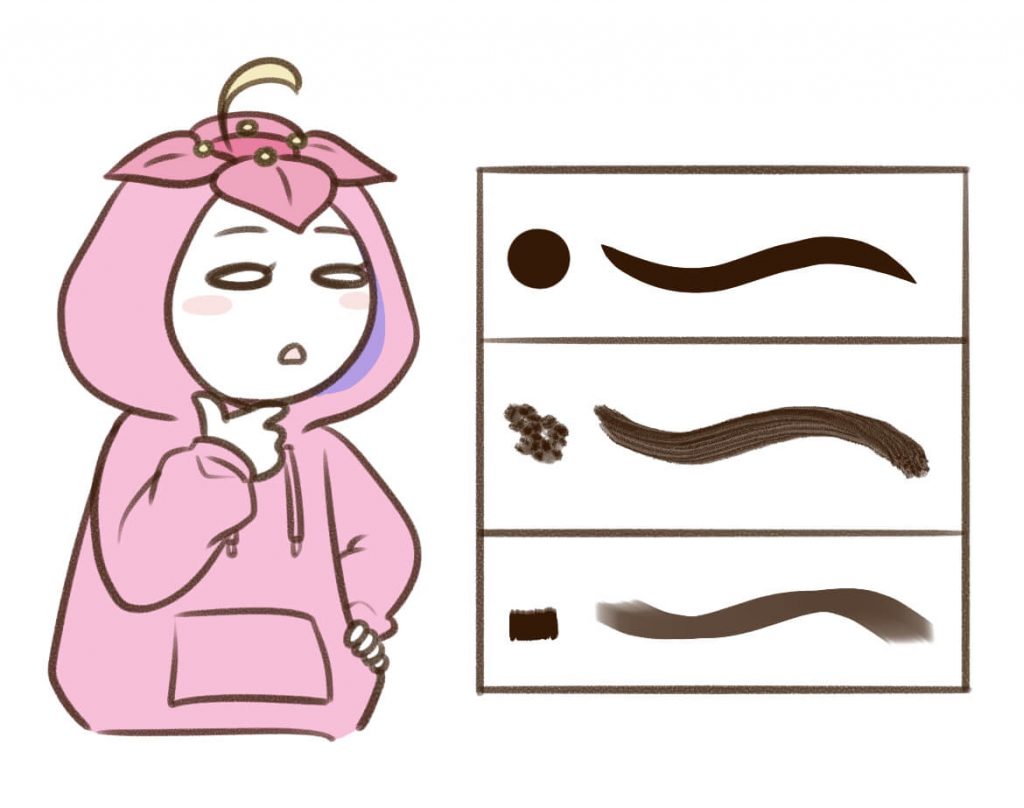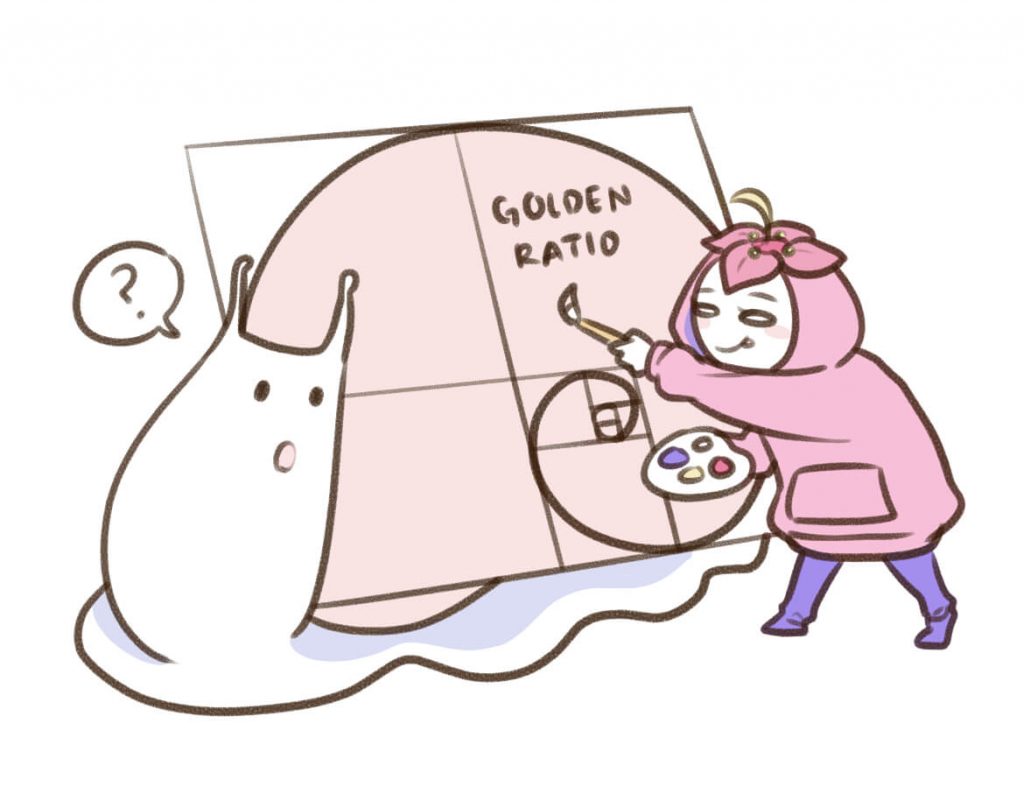
Have you ever seen other artists draw and then wondered. What brushes do they use? How come it looks comfortable and nice. If so, you are not alone. I also often think like that. But in fact, the brush does not always essential when drawing. That doesn’t mean different brushes won’t affect the outcome of the image. Because at certain times when we want to add texture to an image, the right brush will add texture better than a regular brush.
Same Brush Different Results

So why do I say it doesn’t always essential to your work? This goes back to the knowledge and experience of each of us. In his book Making Comics, Scott McCloud tells how an experienced artist Paul Smith can create professional-looking doodles even with just an ordinary ballpoint pen and plain paper.
I myself also realized the same thing when I was studying in the art college. We were required to buy the exact same equipment to attend classes. Includes brushes and paints for drawing. But in the end, the artworks produced by each student in the class are very different from one another.
I also like to try various brushes used by other artists who are kind enough to provide links to download them. And it’s true, the results don’t look as good as when it was used by the artist.
Find a Brush You Like and Always Use It


But what if you’ve tried various brushes but haven’t found a good brush to use yet? The answer is simple. Keep using it until you get used to it. Just like us who are not used to using chopsticks the first time, but gradually become proficient at using them after practicing using them every day.
To make it easier to get used to, I recommend choosing a brush that is at least close to the criteria that you like and is comfortable to use. After that, you just have to try to get used to it. The more you use it, the more you will know how much pressure it takes to mix the colors. Or what kind of angle is good for creating a stable line.
Give it about a week, and see if you get used to the brush. In fact, I’ve been using the program’s default brushes for years to draw digitally. When I look back at the first and most recent work I’ve done, the difference is significant. I’ve accepted the brush as it is and knew how to handle it. I tried to take advantage of the uniqueness of the brush and apply it to the canvas.
Increase Fundamental Knowledge

So how could the same brush produce different works of art in the hands of different artists? The answer, as I said earlier, is our knowledge and experience. There is nothing instant about learning something new. We need time and need to keep trying to increase our knowledge.
By knowing basic knowledge such as anatomy, composition, and lighting, you will understand what to do when you want to create a work of art. Some people may be quick to understand it just by seeing how other artists do it. But for someone who learns by listening or reading explanations like me, looking for books and other sources is very helpful in accelerating the understanding of these fundamentals.
Although it seems trivial and useless (at first) but I think that learning the fundamentals is important to improve skills. Even though you’ll eventually decide to make art that goes against that theory (like abstract paintings or characters that don’t fit realistic anatomy), I think it’s worth learning it.
That’s why I say brushes don’t always have an effect on making art. Except in certain cases. So just choose a brush that you like. I find it also interesting that the same tool can produce different works of art in the hands of different artists. But don’t be discouraged when the results don’t match your expectations. Because what you need is time and improvisation to keep improving your skills. Hopefully, this article can help you.
Cheers
Radifa

